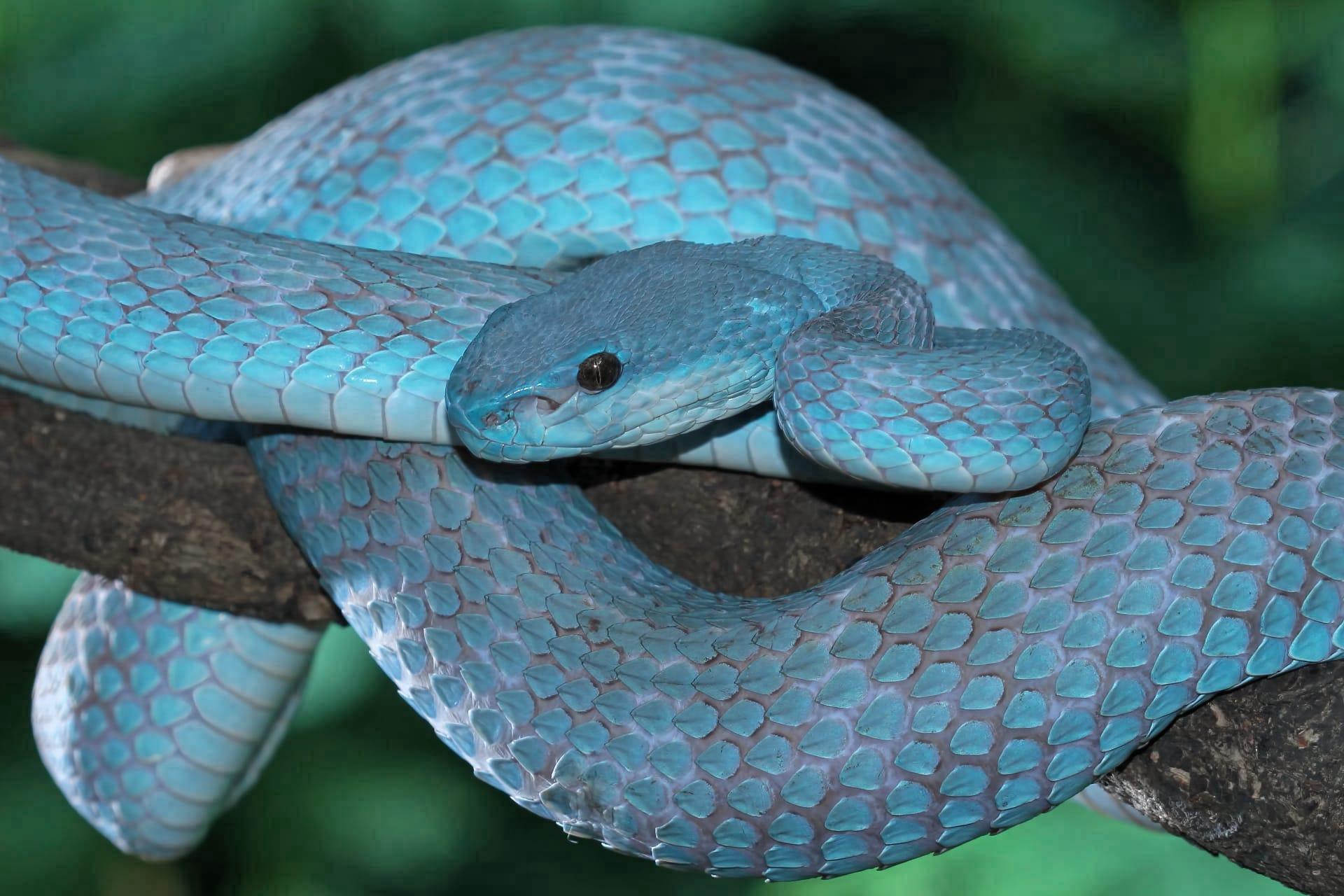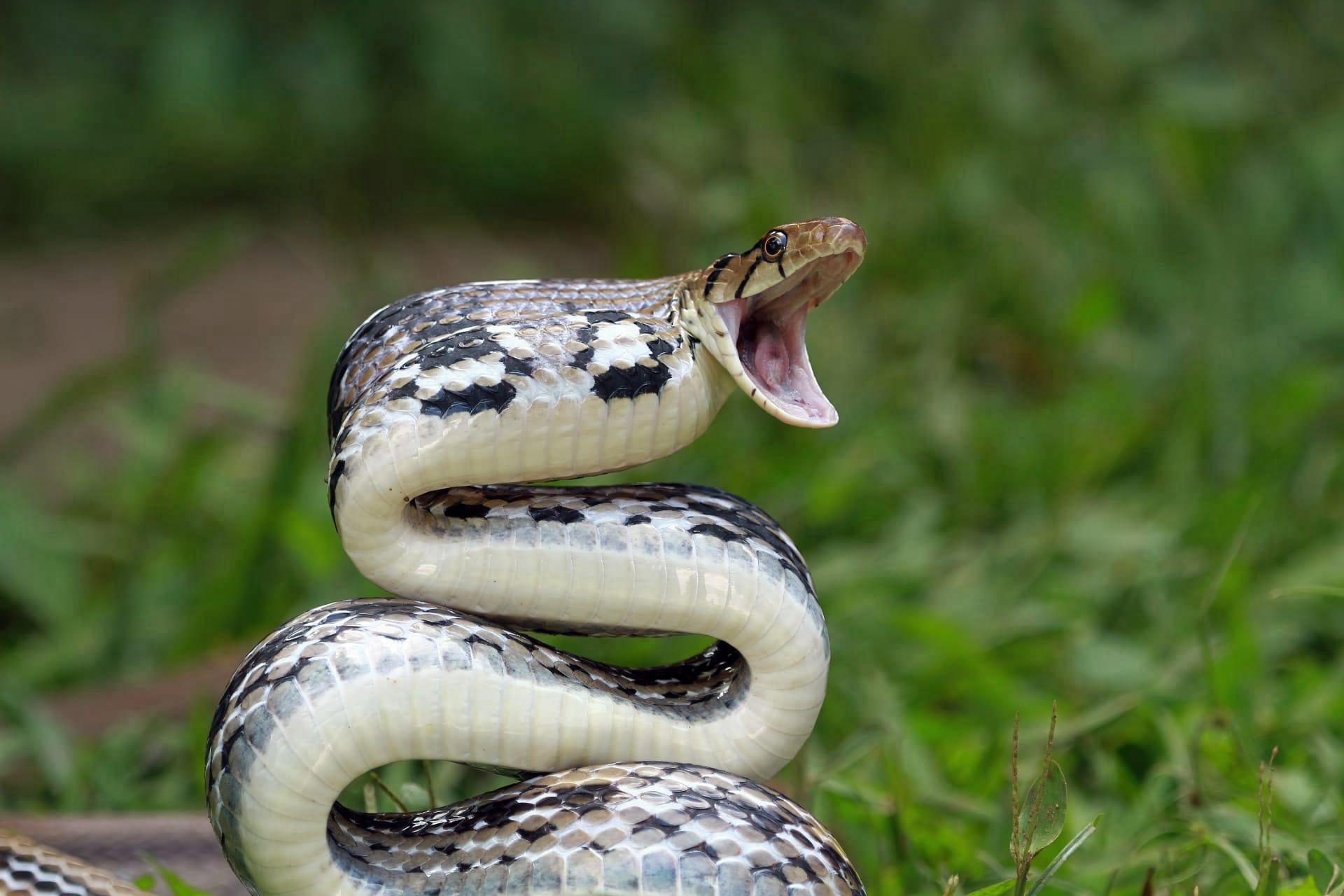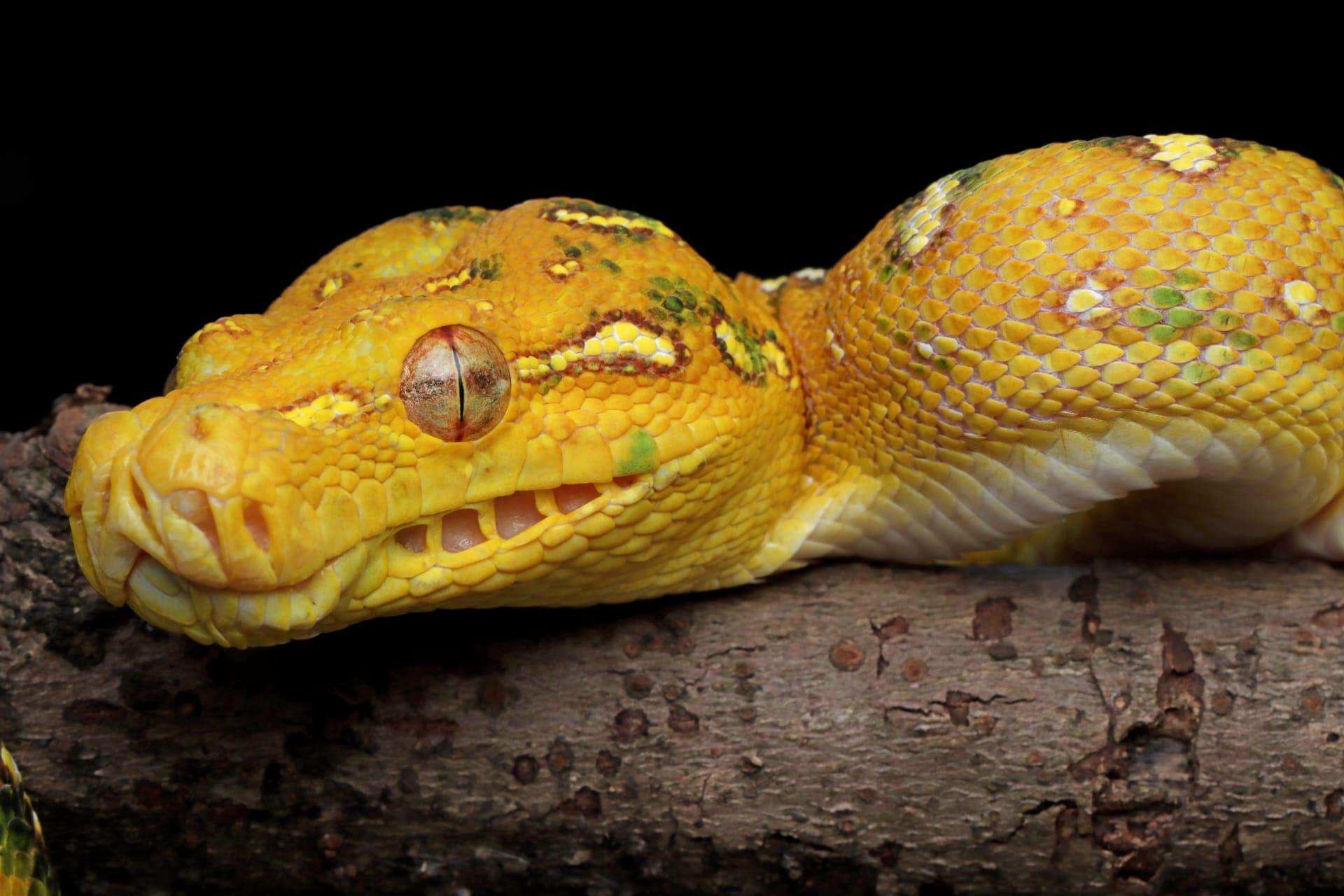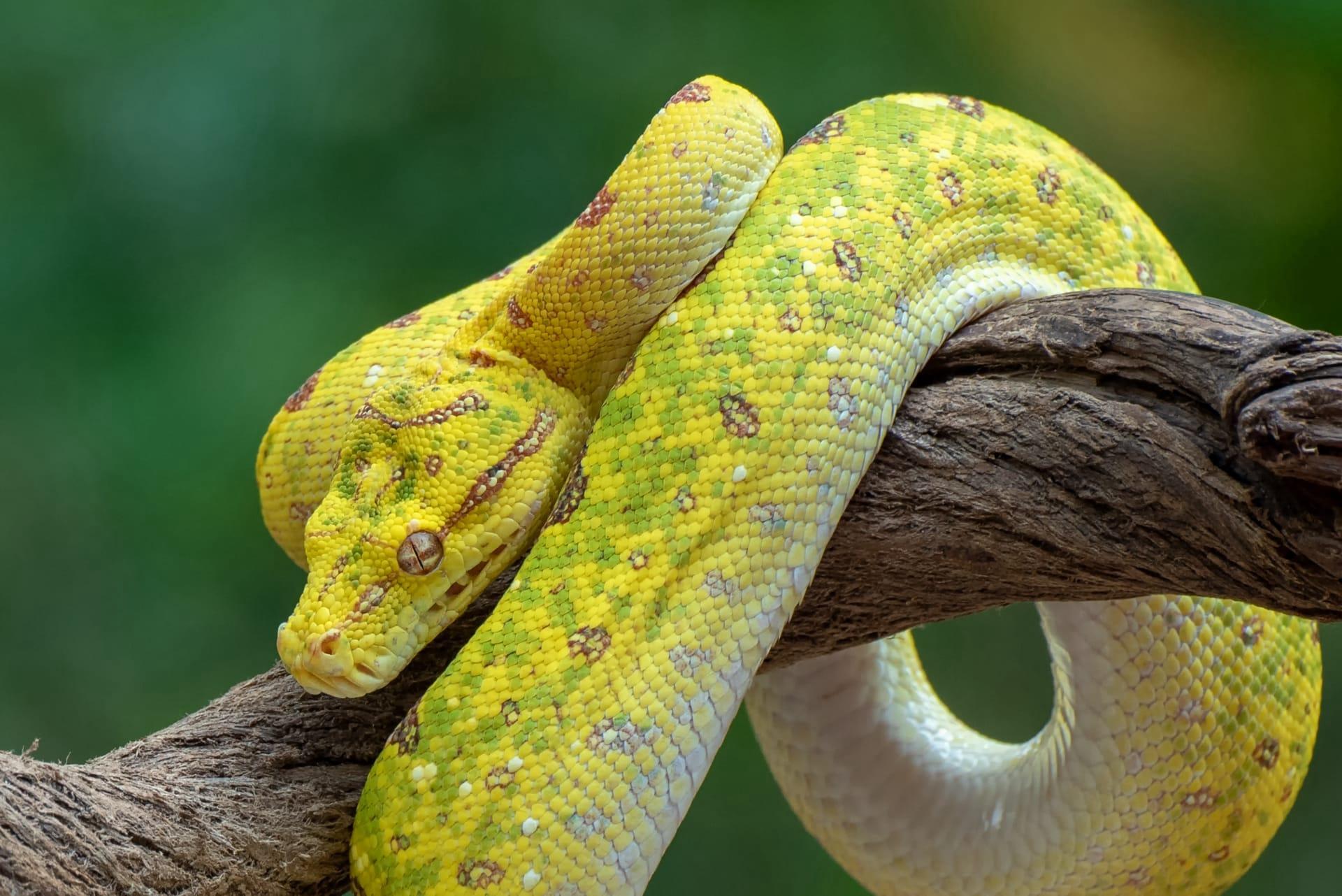1
Pythons are among the largest snakes in the world, with the reticulated python holding the record for the longest snake species. These giants can grow up to a staggering 30 feet (9 meters) in length. However, the average size for these snakes is usually around 10-20 feet (3-6 meters), making them formidable in size but not consistently record-breaking. Their massive length is complemented by a hefty weight, with some individuals tipping the scales at over 250 pounds (113 kilograms). This combination of length and weight makes them one of the most awe-inspiring reptiles on the planet.
Another intriguing aspect of pythons is their reproductive behavior. Female pythons are exceptional mothers. They exhibit a rare trait among snakes: they incubate their eggs. Unlike most reptiles that abandon their eggs after laying them, female pythons will coil around their eggs, creating a protective nest. They go to great lengths to regulate the temperature of the eggs by shivering, which generates heat to keep the eggs warm. This maternal care ensures a higher survival rate for the offspring, a unique behavior in the world of cold-blooded reptiles.

2
Pythons have a remarkable method of killing their prey that differentiates them from many other snakes. They are constrictors, meaning they coil around their prey and squeeze. Contrary to popular belief, they do not crush their prey, nor do they suffocate it in the traditional sense. Instead, their method of constriction is incredibly efficient at stopping blood flow. By applying pressure on their prey, they quickly cut off blood flow to vital organs, causing the prey to lose consciousness and expire in mere minutes. This method is not only effective but also allows the python to subdue prey much larger than itself.
Pythons also have a unique sensory adaptation that aids them in hunting. They are equipped with heat-sensing pits along their lips. These pits are so sensitive that they can detect a temperature change of just 0.003 degrees Celsius. This adaptation is particularly useful in their native habitats, where they often hunt at night. The heat-sensing pits allow pythons to accurately strike at warm-blooded prey, even in complete darkness. This night-time hunting strategy is a key aspect of their survival, making them apex predators in their environments.

3
The diet of a python is as varied as it is fascinating. These snakes are known to eat a wide range of animals. Their prey includes mammals like monkeys, pigs, and deer, as well as birds and even other reptiles. Larger pythons have been known to take down animals as big as leopards and crocodiles. This diverse diet is made possible due to their incredible jaw flexibility. Pythons have a quadrate bone at the back of their jaws that allows them to stretch their mouths wide enough to swallow their prey whole, no matter how large.
Interestingly, pythons can survive for extended periods without food after a large meal. Their metabolism is highly adaptable. After consuming a sizable prey item, a python can go without eating for weeks, sometimes even months. This is because their digestive system is extremely efficient in breaking down and absorbing the nutrients from their prey. During these long fasting periods, their metabolic rate can drop significantly, conserving energy until their next big meal.

4
Pythons are found in diverse habitats, ranging from rainforests and swamps to grasslands and even rocky foothills. They are predominantly found in the tropical regions of Asia and Africa, with some species also found in Australia. Their adaptability to different environments is a testament to their evolutionary success. Each species of python has adapted to thrive in its specific habitat, whether it's climbing trees in the rainforest or swimming in rivers and swamps.
The skin of a python is not only beautiful but also plays a crucial role in their survival. Their scales are covered in a pattern that provides excellent camouflage in their natural habitat. This pattern can vary greatly between species and even between individuals of the same species, ranging from intricate geometric patterns to bold, contrasting stripes and spots. This camouflage is essential for both ambushing prey and avoiding predators. Additionally, their skin is very sensitive to touch, helping them detect the movement of nearby animals.

5
Pythons are non-venomous, which sets them apart from many other large snakes. While many large snake species rely on venom to subdue their prey, pythons rely solely on their strength and constricting ability. This makes them less dangerous to humans in terms of venomous bites, but their size and power are still formidable. Their non-venomous nature has also made them popular in the exotic pet trade, although they require specialized care and handling due to their size and strength.
An interesting evolutionary trait of pythons is their vestigial hind limbs. These are small, claw-like structures found near the base of the tail in some species. While they serve no significant purpose in modern pythons, these vestigial limbs are a fascinating reminder of their evolutionary past. Scientists believe these remnants indicate that pythons, like all snakes, evolved from lizard-like ancestors. These tiny limbs are a subtle yet profound link to the deep evolutionary history of these incredible reptiles.